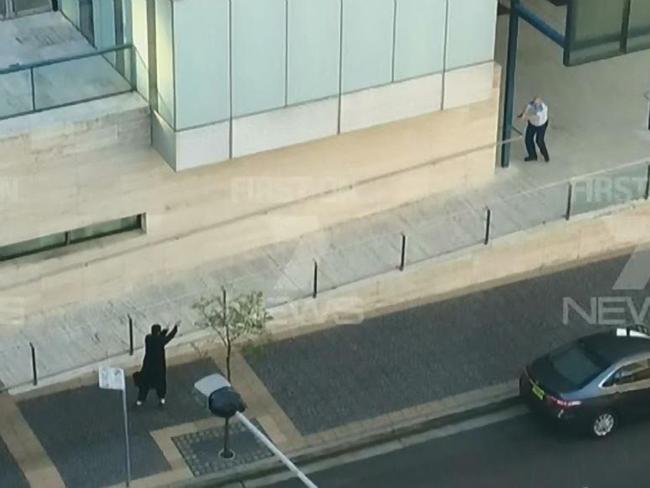Lone wolves with no links to organised groups ‘the new face of terror’
LONE wolves with no links to organised groups and who are not known to police are the new face of terror, the Deputy Police Commissioner charged with fighting terrorism in NSW warned.
NSW
Don't miss out on the headlines from NSW. Followed categories will be added to My News.
LONE wolves with no links to organised groups and who are not known to police are the new face of terror, the Deputy Police Commissioner charged with fighting terrorism in NSW warned yesterday.
Deputy Commissioner Cath Burn said Ihsas Khan was not on the terror watch before the brutal stabbing attack on Wayne Greenhalgh, 59, in a random assault on Saturday afternoon that police say was inspired by Islamic State.
While police had noted his “odd” behaviour, he was not considered a threat, was not connected to any terror groups and had not been on the police radar, she said.
Ms Burn warned that radicalised fanatics who work alone with no previous terror links represented the emerging face of terror.
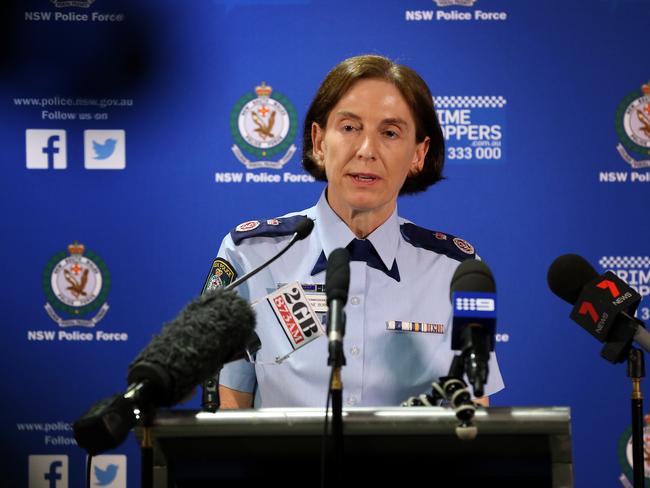
“This really highlights the challenge that this is the new face of terrorism,” she said.
“This is the new face of what we have to deal with.
“Here is an individual who was known to police for some matters (and) becomes inspired to act — they were able to get some basic capability and act. They may have had some preparation and planning. And unfortunately a violent act followed.”
Counter-terrorism expert Greg Barton said it was too soon to know if the Minto attack had been carried out in response to a call from Islamic State last week in its online magazine urging Muslims to kill Australians “wherever they find them”.
However, he said it showed the death cult’s “crowdsourcing” method of offering those with extremist leanings public acknowledgment if they carried out an attack in its name.
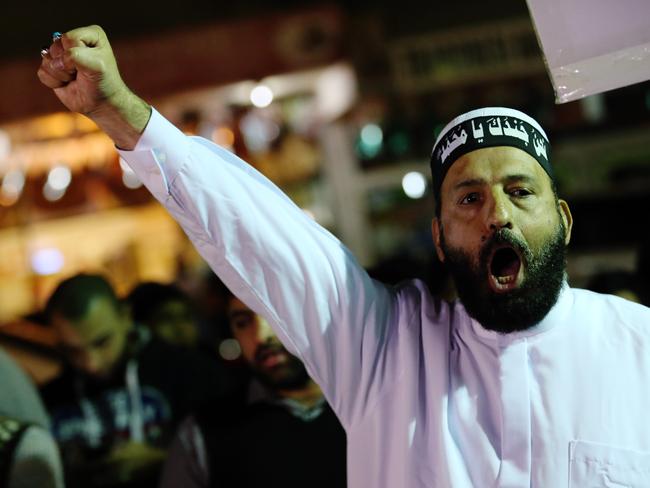
He said while other radical Islamic groups such as al-Qaeda had traditional hierarchical structures with commanders, were selective about members and took years to plan attacks, Islamic State had “tipped things upside down” by accepting anyone and encouraging solo attacks with little planning.
Authorities were alerted to the changing style of terrorist attacks in Australia when Man Monis carried out the Lindt cafe siege, he said, because Monis had been discredited as a threat as he had no links to terror groups.
Mr Barton said lone wolves posed a challenge to authorities as they were harder to pinpoint.
“That makes it very hard to see it coming. You can watch the known networks and people linked to the known networks. It’s a lot harder to know what to make of someone who is a loner and not linked in.”
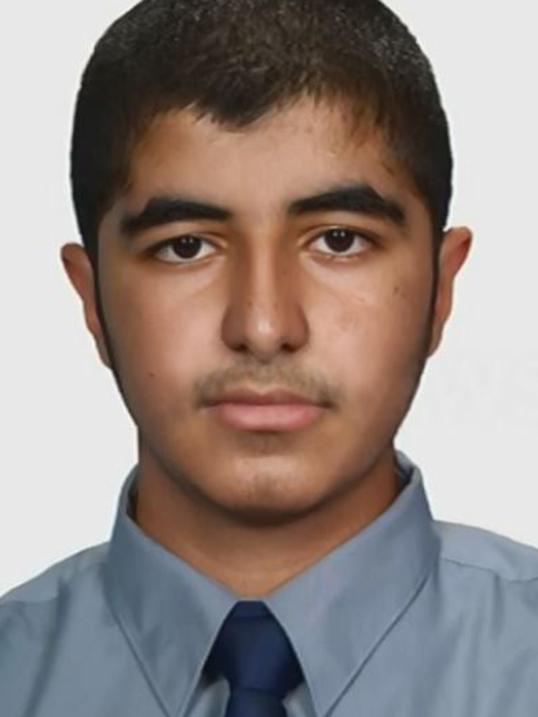
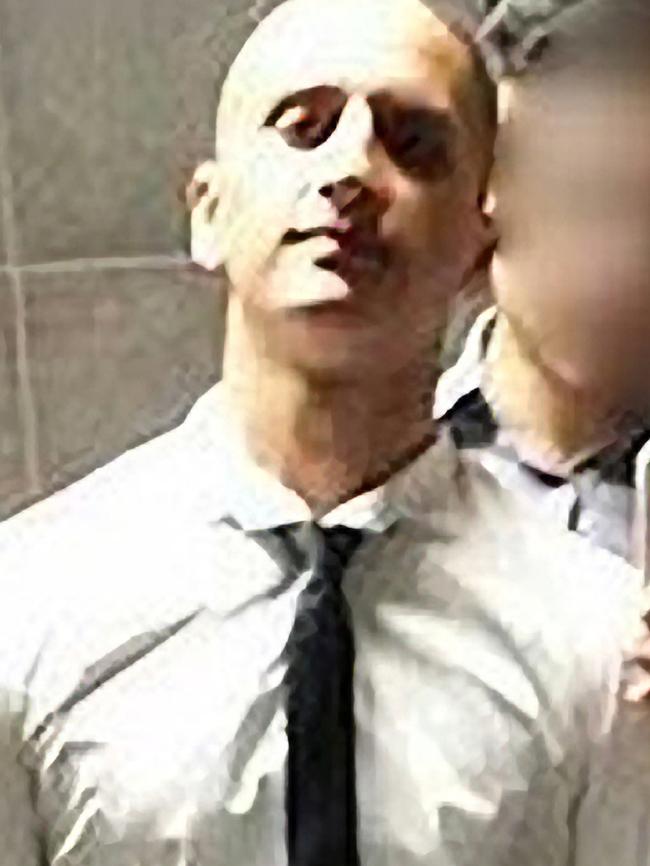
What was particularly concerning was that almost anyone could carry out this style of attack, he said, highlighting the use of a truck in the Bastille Day mass murder in Nice.
“What he (the French terrorist) did anyone can do if they were in mental state which allowed them to do that,” Mr Barton said.
“It’s scary to think about. A knife attack is worrying, but at least there is a high chance of failure and the impact would be very limited.”
The Minto attack follows other IS-inspired solo atrocities, including the murder of Curtis Cheng in Parramatta in October last year by 15-year-old radicalised schoolboy Farhad Jabar.
Jabar, who was shot dead, had been recruited by older extremists who are believed to have given him the gun.
Adbul Numan Haider had only recently come to the attention of police before he stabbed two officers outside a Melbourne police station during an arranged meeting in September 2014.
